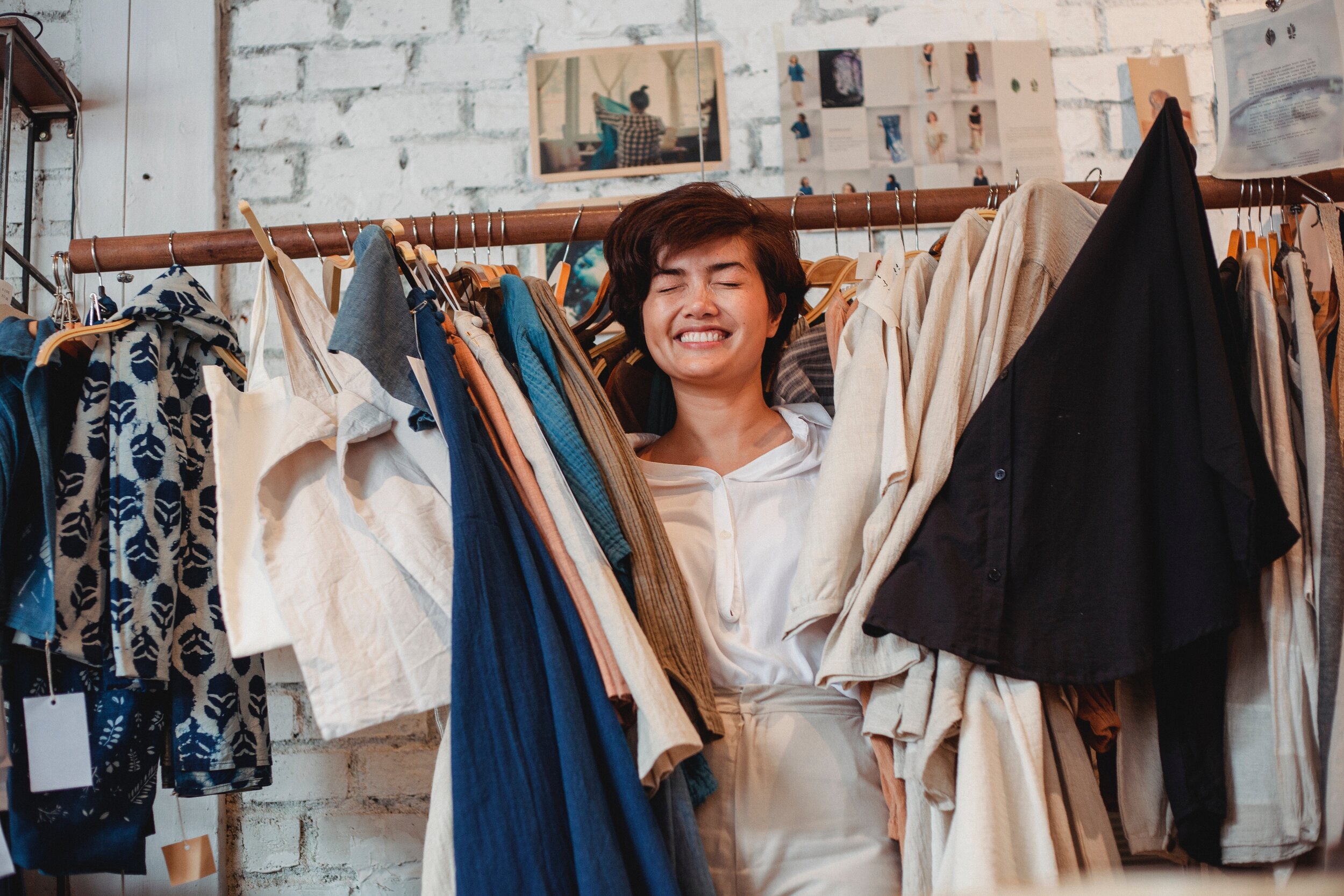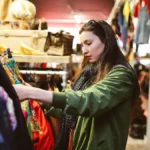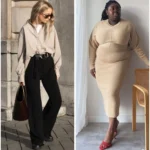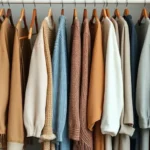Making your wardrobe more sustainable is a crucial step toward reducing environmental impact and supporting ethical fashion practices.
From choosing eco-friendly materials to reducing waste, adopting sustainable habits can positively affect the planet. Brands like Stella McCartney and movements like Fashion Revolution advocate for these changes.
Regulations, such as the California Transparency in Supply Chains Act, promote transparency and ethical practices within the fashion industry, further encouraging sustainable consumer behavior.
This article provides practical, actionable ways to transform your wardrobe into an eco-friendly collection without compromising style or quality.
Why Making Your Wardrobe More Sustainable Matters
Sustainable wardrobes help minimize waste and reduce carbon emissions. The fashion industry accounts for 10% of global carbon emissions, presenting a great opportunity for positive change through sustainable practices.
Producing a single cotton T-shirt requires about 2,700 liters of water, highlighting the importance of choosing sustainable materials to conserve resources.
Organizations like the Ellen MacArthur Foundation promote circular fashion to combat these environmental issues. Events like Fashion Revolution Week encourage consumers to ask #WhoMadeMyClothes, advocating for transparency and fair labor practices.
Key Components of a Sustainable Wardrobe
Building a sustainable wardrobe involves several practical strategies:
- Choose Eco-Friendly Fabrics: Look for organic cotton, Tencel, and recycled polyester.
- Invest in Quality Over Quantity: Buy fewer, higher-quality pieces that last longer.
- Embrace Secondhand Shopping: Explore thrift stores and vintage shops to reduce textile waste.
- Upcycle Old Clothing: Transform worn-out clothes into new designs or useful items.
- Participate in Clothing Swaps: Exchange clothes with friends to refresh your wardrobe without buying new.
Each of these actions contributes to reducing waste, saving resources, and promoting ethical practices within the fashion industry.
Common Challenges in Making Your Wardrobe More Sustainable
While adopting sustainable wardrobe habits offers many benefits, it can present some challenges:
- Higher Initial Costs: While sustainable fashion can require a higher initial investment, these items are often more durable, making them a long-term saving.
- Limited Availability: Although eco-friendly brands may not be available everywhere, online platforms and growing global awareness are expanding access.
- Greenwashing: Staying informed helps consumers distinguish genuine sustainable brands from misleading marketing, ensuring their choices make a real impact.
- Behavioral Habits: Adopting sustainable consumption habits can be a gradual journey, but each small change contributes significantly to a better future.
How to Overcome Challenges in Sustainable Wardrobe Choices
Here are some strategies to overcome common challenges and make sustainable fashion accessible:
- Set a Budget: Prioritize key sustainable items that fit your lifestyle and budget.
- Research Brands Thoroughly: Use platforms like Good On You to verify brand sustainability.
- Participate in Clothing Swaps: Organize swap events in your community to exchange clothes.
- Repurpose Old Clothes: Learn DIY techniques to upcycle old garments.
- Follow Capsule Wardrobe Principles: Choose a few versatile items that can be mixed and matched.
- Look for Sales and Discounts: Many sustainable brands offer seasonal promotions.
- Educate Yourself on Greenwashing: Learning about greenwashing empowers consumers to make well-informed choices and support brands that truly align with sustainable values.
Real-World Examples and Case Studies of Sustainable Fashion
- Stella McCartney: Pioneered the use of sustainable materials and cruelty-free fashion.
- Patagonia: Offers the Worn Wear program, which encourages consumers to buy secondhand or repair old clothes.
- H&M Conscious Collection: Integrates recycled materials into affordable clothing lines.
- Copenhagen Fashion Week: Implements strict sustainability requirements for participating brands.
These companies and events set benchmarks for sustainability, inspiring consumers to adopt eco-friendly wardrobe practices.
Frequently Asked Questions About Sustainable Wardrobes
- What is a sustainable wardrobe?
A sustainable wardrobe consists of clothing and accessories made from eco-friendly materials, produced under ethical conditions, and designed to minimize waste. - How can sustainable fashion benefit the environment?
Sustainable fashion reduces carbon emissions, saves water, minimizes waste, and promotes fair labor practices. - What challenges do consumers face when adopting sustainable fashion?
Challenges include higher costs, limited availability, and the prevalence of greenwashing however, strategies like upcycling, capsule wardrobes, and community swaps help overcome these obstacles.
Key Takeaways for Building a Sustainable Wardrobe
- Invest in Quality: Choose durable, eco-friendly materials.
- Repurpose and Upcycle: Transform old garments into new items.
- Participate in Clothing Swaps: Exchange clothes to refresh your style sustainably.
- Research Brands: Verify brand sustainability through credible platforms like Good On You.
- Avoid Greenwashing: Stay informed to support genuine sustainable efforts.
Making your wardrobe more sustainable is an ongoing journey that benefits both the environment and society.
By incorporating sustainable fabrics, upcycling old clothes, and supporting ethical brands, consumers can reduce waste and promote eco-friendly practices.
Keep learning, exploring, and engaging in sustainable fashion initiatives like Fashion Revolution Week to stay updated on industry trends.
Take the first step today—evaluate your wardrobe, embrace secondhand shopping, and make conscious choices to build a sustainable fashion future.







